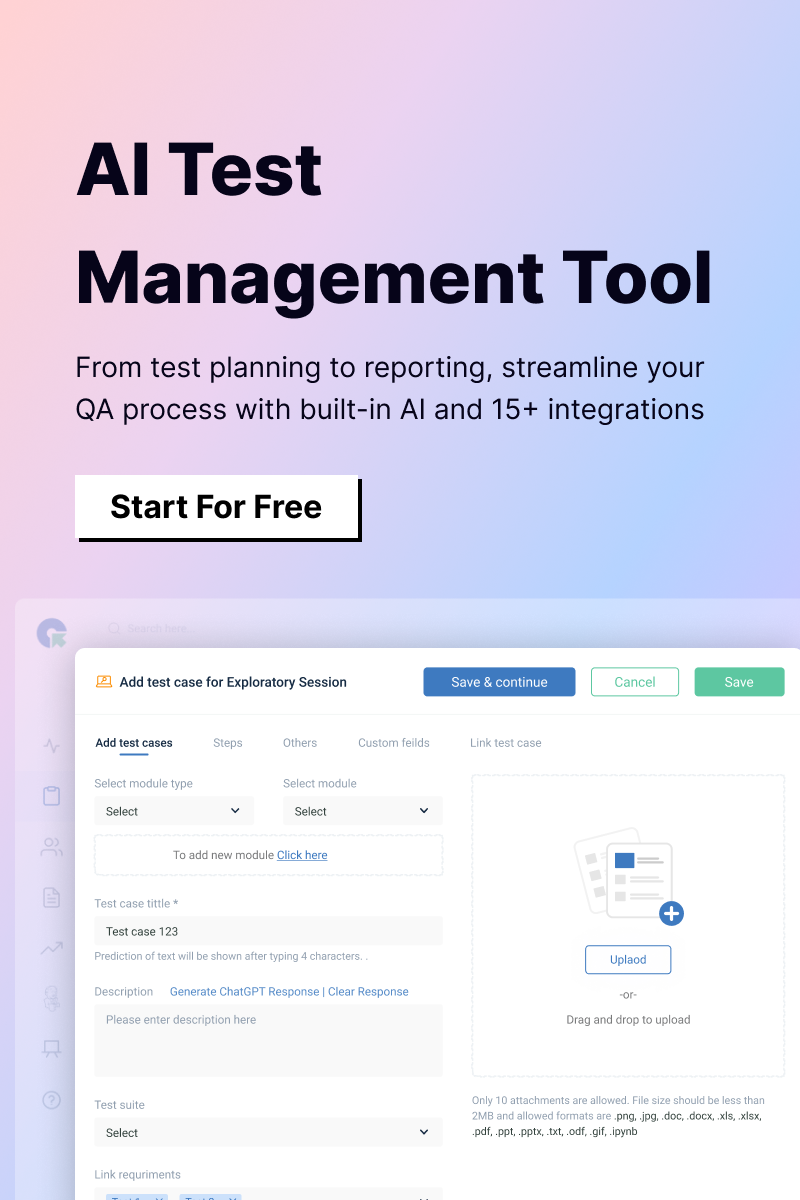Automation in testing works best for tasks that are repetitive, take a lot of time, or need to be done accurately and consistently. This includes regression testing, unit testing, smoke testing, and performance testing. By automating these areas, teams can save time, reduce human error, and ensure reliable results. Although many organizations aim for complete automation in software testing, human testers remain crucial for certain aspects of the process.
What Type of Testing Can be Automated?
Automating tests can simplify the testing process and advance efficiency. Here are some tests that are great for automation:
- Regression Testing: Frequently executed test cases to ensure new code changes don’t break existing functionality.
- Smoke Testing: Basic tests to verify that the core functionalities of an application are working as expected.
- Performance Testing: Load, stress, and scalability tests to evaluate system performance under various conditions.
- API Testing: Validating APIs for functionality, reliability, and performance.
- Data-Driven Testing: Test cases involving multiple data sets to validate application behavior across different inputs.
- Cross-Browser Testing: Maintaining compatibility and consistent functionality across various browsers and devices.
- Repeated Test Cases: Any test cases that need to be run frequently across different builds or environments.
- Unit Testing: Verifying individual components or modules for correctness in isolation.
- Integration Testing: Testing the interaction between different modules or services to ensure seamless integration.
- Security Testing: Scanning for vulnerabilities, such as SQL injection or cross-site scripting, using automated tools.
- Build Verification Testing: Automatically checking builds to confirm they are stable enough for further testing.
- Test Data Setup: Automating the creation and management of test data to streamline testing processes.
- Repeated UI Testing (Only Stable Areas): Automate stable and repetitive user interface tests but avoid rapidly changing UIs.
What type of testing cannot be automated?
- Exploratory Testing: Human testers intuitively uncover issues by using the application like an end user, which is beyond the scope of automation.
- Usability Testing: Evaluating user experience and interface design depends on human judgment and feedback, making it unsuitable for full automation.
- Complex Test Scenarios: Scenarios involving intricate user interactions or domain expertise are best managed by human testers.
- Ad-hoc Testing: Intuitive, unplanned testing relies on human experience and cannot be automated.
- Test Case Design: Crafting effective test cases needs human understanding of user needs, despite some automation support.
When to automate software testing?
Software testing can be automated for:
- Repetitive Tests: Automate tests run frequently, such as regression, smoke, or sanity tests, to save time and to maintain consistency.
- High-Risk Areas: Focus on features such as payment processing or authentication to reduce the risk of failure.
- Stable Features: Automate when functionality is stable and unlikely to change often.
- Large Test Suites: Automate tests covering multiple browsers, platforms, or devices for broader coverage.
- Time-Consuming Tasks: Automate long-running tests such as performance or overnight tests to save effort.
- CI/CD Pipelines: Use automation for tests triggered by every code change, build, or deployment.
- Data-Driven Tests: Automate repetitive input/output scenarios for productivity.
- Non-Functional Testing: Automate load, performance, or stress tests to simulate real-world conditions.
- Tight Deadlines: Automate testing during swift releases for a thorough coverage.
What are the benefits of automated testing?
Automated testing speeds up testing by running tests faster than manual methods, ensuring consistent and accurate results. It allows for more test scenarios across different environments and reduces costs by eliminating repetitive tasks. Integrated with CI/CD pipelines, it supports faster deployments and improves software quality, improving team productivity.



